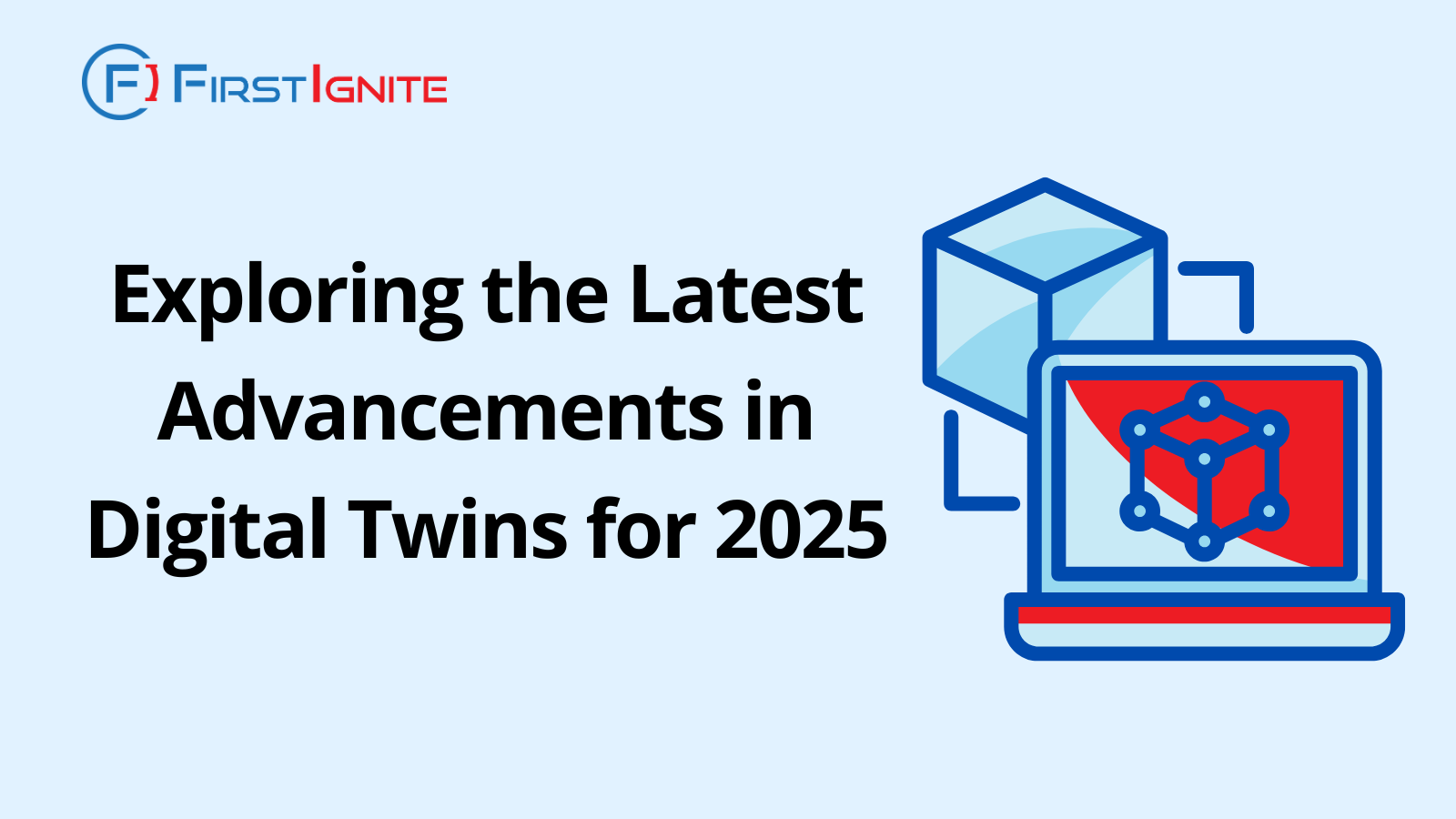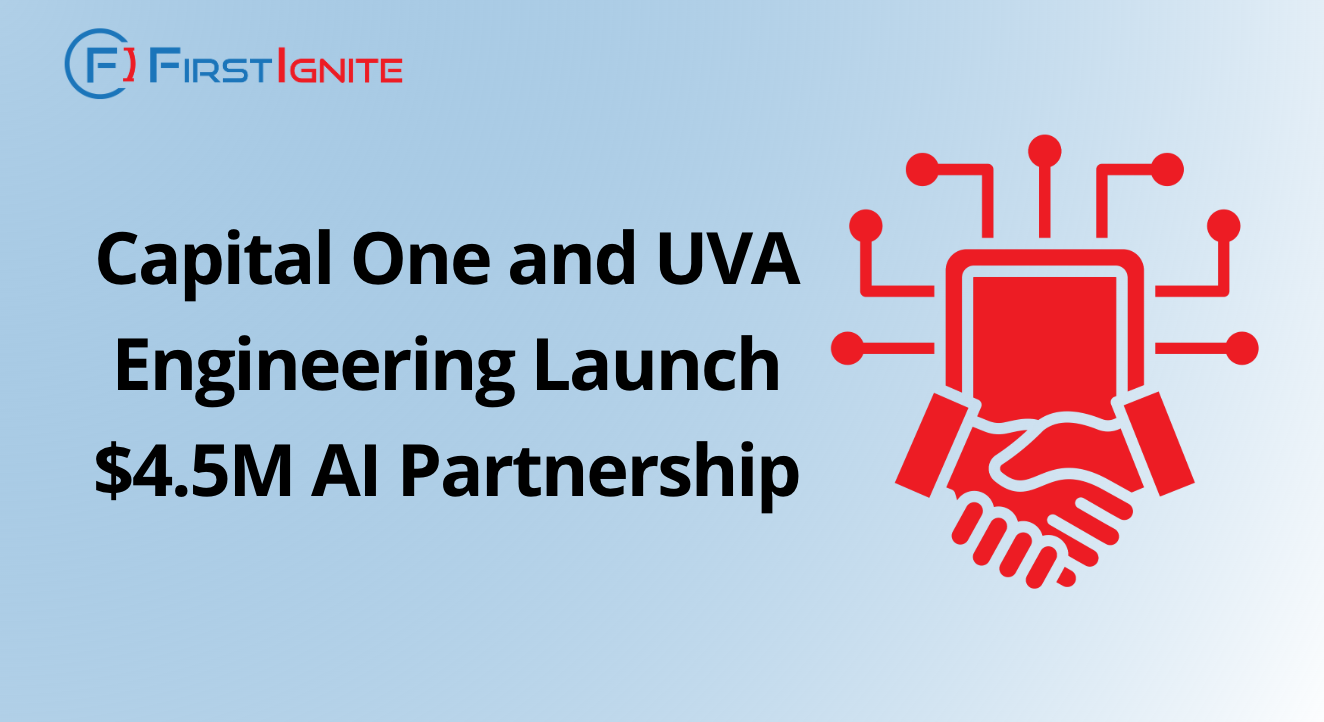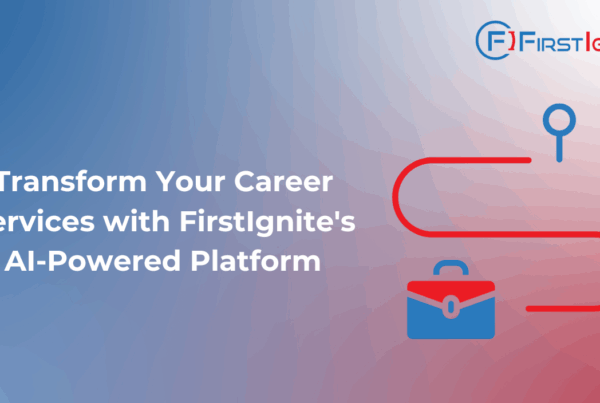
What are digital twins?
Digital twins are virtual representations of physical assets, processes, or systems that enable real-time monitoring, analysis, and optimization. Powered by data from sensors and simulations, they provide valuable insights for informed decision-making and operational enhancement. As we approach 2025, advancements in technology and cross-industry applications will further drive the evolution of digital twins, unlocking even greater transformative potential.
The concept of digital twins in 2025
By 2025, digital twins will transform into dynamic, adaptive, and predictive models, driven by advancements in AI, IoT, and real-time data. These enhanced digital replicas will simulate scenarios, anticipate changes, and provide actionable insights to optimize performance and decision-making. Integration with technologies like AR and VR will offer immersive, real-time interaction with digital twins, revolutionizing the way we design, operate, and maintain complex systems.
Digital twin advancements and innovations for 2025
By 2025, digital twin technology will see remarkable advancements. Key developments include increased data integration from IoT sensors and external sources, enabling more informed decision-making; advanced simulation capabilities for optimizing processes and predicting system behavior; and a crucial role in predictive maintenance to reduce downtime and extend asset lifespan. Digital twins will become more personalized and adaptive, tailored to users’ needs, while fostering collaboration among stakeholders for optimized systems. Additionally, they will focus on sustainability, helping organizations reduce environmental impact and drive transformative change.
Role of Artificial Intelligence (AI) in digital twin technology
In 2025 and beyond, AI will be a crucial enabler of digital twin advancements, making them more intelligent, adaptive, and predictive. AI-powered predictive analytics will help anticipate equipment failures and optimize performance, while automated decision-making will allow digital twins to respond to changing conditions autonomously. AI will enhance asset management by optimizing utilization and extending asset lifespans, and self-learning digital twins will continuously improve their capabilities. AI will also facilitate multimodal data integration for more informed decisions and enable scenario planning to test strategies before real-world implementation, driving innovation across industries.
University Advancements in digital twins
In 2025, we can expect many new university advancements in digital twin technology, building on the progress seen in 2024. For example, the University of Florida’s “Florida’s Digital Twin” project is using AI and digital twin technology to create a virtual model of Jacksonville, allowing researchers to simulate climate and infrastructure scenarios for more sustainable urban planning. Additionally, Carnegie Mellon is offering a new course, “Principles of Digital Twins in Material Science and Advanced Manufacturing,” where students will learn how digital twins are revolutionizing materials science through predictive analytics and virtual simulations. These examples highlight the transformative potential of digital twins in both urban planning and education.
Benefits of digital twins in various industries
In 2025, digital twins will transform industries by enabling real-time monitoring, predictive maintenance, and optimization. Manufacturing will benefit from improved design and reduced downtime, while healthcare will enhance personalized treatments and clinical trials. Smart cities will use digital twins to optimize infrastructure and services, and the energy sector will improve efficiency and grid resilience. Infrastructure projects will see more efficient design and maintenance, and aerospace will enhance safety and performance. In agriculture, digital twins will enable precision farming and optimize supply chains, driving innovation and sustainability across sectors.
Conclusion – the potential of digital twins in 2025 and beyond
As we look towards 2025 and beyond, the potential of digital twins is truly remarkable. This transformative technology will continue to evolve, driven by advancements in data integration, artificial intelligence, and cross-industry collaboration. Digital twins will become more intelligent, adaptive, and predictive, enabling organizations to make informed, data-driven decisions and drive sustainable change.




